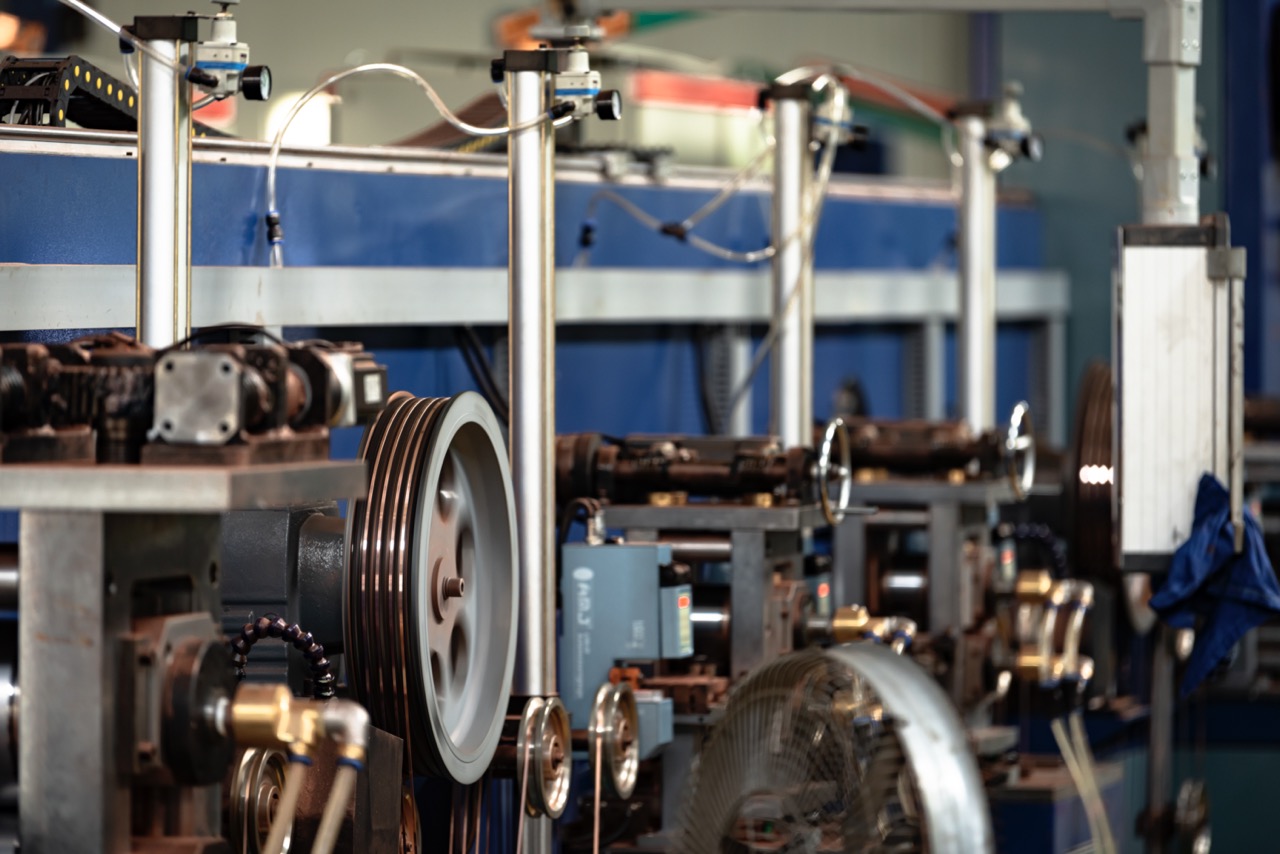Shielded cables are cables that have a metal shielding layer added to the outside of an ordinary unshielded wiring system. The shielding layer uses reflection, absorption, and skin effect to prevent electromagnetic interference and electromagnetic radiation. The shielding system uses the balance principle of twisted pair cables and the shielding effect of the shielding layer, so it has good electromagnetic compatibility (EMC) characteristics.

Shielded cable principle and function of shielded cable
The shielding principle of shielded cable is different from the offset principle of balanced twisted pair cable. Shielded cable is to add one or two layers of aluminum foil on the outside of four pairs of twisted pair cables, and use the metal's reflection, absorption and skin effect principle of electromagnetic waves (the so-called skin effect refers to the distribution of current on the conductor cross section tends to distribute on the conductor surface as the frequency increases. The higher the frequency, the smaller the skin depth, that is, the higher the frequency, the stronger the penetration ability of electromagnetic waves. The higher the frequency, the smaller the skin depth, that is. The higher the frequency, the weaker the penetration ability of electromagnetic waves.) to effectively prevent external electromagnetic interference. It can not only effectively prevent external electromagnetic interference from entering the cable, but also prevent internal signals from radiating out and interfering with the work of other equipment.
Experiments show that electromagnetic waves with frequencies above 5MHz can only pass through 38μm thick aluminum foil. If the thickness of the shielding layer is allowed to exceed 38μm, the electromagnetic interference frequency that can pass through the shielding layer and enter the cable will be mainly below 5MHz. The application of the balanced principle of twisted pair can effectively offset low-frequency interference below 5MHz.
According to the earliest definition of cabling, there are two types: unshielded cable – UTP and shielded cable – STP. Later, with the development of technology and different processes, many different shielding types were derived. 1.b) S/FTP (PIMF) Single pair of aluminum foil shielding plus copper wire braiding wrapped around the outer four pairs of conductors PIMF = Pair in Metal Foil.
Shielded cables are resistant to external interference, primarily because the shielding system ensures the integrity of the signal transmission. Shielded cabling systems protect data transmission from external electromagnetic interference and radio frequency interference. Electromagnetic interference (EMI) refers primarily to low-frequency interference. Motors, fluorescent lights, and power lines are common sources of EMI. Radio frequency interference (RFI) is high-frequency interference, primarily radio frequency interference, including radio, television transmissions, radar, and other wireless communications.
For resisting electromagnetic interference, it is most effective to choose braided layer shielding, that is, metal mesh shielding, because its critical resistance is low. For radio frequency interference, metal foil layer shielding is most effective, because the gaps created by metal mesh shielding allow high-frequency signals to enter and exit freely. For interference fields with mixed high and low frequencies, it is necessary to use a combination of metal foil layer and metal mesh shielding, that is, double-shielded cable in the form of S/FTP. In this way, metal mesh shielding can be used for interference in the low frequency range, and metal foil layer shielding can be used for interference in the high frequency range.
The single-layer thickness of the aluminum foil shielding layer in the IBM ACS shielded cable is 50-62μm, which can provide a relatively complete shielding effect. At the same time, since only a single-layer shielding is used, it is relatively simple for construction and easy to install. It is not easy to cause human damage during the construction process, and the thickness of the aluminum foil can withstand greater damage. Therefore, it can provide users with better transmission performance.
